|
Friends have commented on the element of the creepy, or ugly, in this piece - something I tend to skirt in my aesthetics. But sometimes - ehem - the truth isn't pretty.
This is about the making of ugly, about the mounting of monsters; and about their final fate: the erasure of the monster. It's a meditation on the designing of narratives necessary to the paring away of someone's humanity; on the background consensus and constructs needed to revoke another's selfhood and place within kin and community. For how else can the unkind, the cruel, and even the unscrupulous, be perpetrated? Take away context, and place, and person, and what's left is the object, where in the space of all that's removed there remains, purportedly, objectivity, the slippery illusion at the crux of any monster-making story for those making it. It's an odd experience to be on the inside of this dynamic and to be aware of it, from its inception to its conclusion, at once subject and witness. But it's a perspective that remains on the outside - which is the point of the monster enterprise from the outset; be it about me, or whoever is next.
0 Comments
There's a great new piece of public art in Vancouver, thanks to the brilliant Vancouver Biennale. I completely love this piece - Trans Am Totem. The location is provocative, as are its elements. The piece sparks a fast stream of ideas in me, leaping together in free association. Here's what that stream produced: I call it Trans Am Totem ToMe, and it's also running on the Vancouver Public Space Network blog. (A great Vancouver organization, by the way, that works to champion the importance of public space and to the overall liveability of the city - all on volunteer steam.)
I was part of a super fun neighbourhood poetry crawl over the weekend, and I wrote about it for the Vancouver Public Space Network (my current volunteer gig).
The Vancouver Poetry Crawl 2015 was organized by Vancouver poet Kevin Spenst, and began at my neighbours Terry and Owen's place with a pot-luck breakfast; from there, the crawl ventured into neighbourhood art galleries, connecting ten venues where eighteen poets read their work. You can read the whole story about the crawl on the VPSN blog, and below you can find the visual recap of this out-of-the-box poetry extravaganza; if you click on the photos you'll see captions to offer a bit of info on what you're looking at. Dear Vancouver, I’m in Miami again, where all my family on my father’s side lives. Every time I’m here I love it, the pull of memory and family ties strong and calling. Now I’m thinking about moving, with my dual citizenship making it a real possibility. But I’m deeply Canadian, in some indescribable way, and this is a very American city. What does it all mean? Is there room for me? Room for how I live? For how I live in Vancouver? For those parts of how I live that I can’t give up? And just what is it that I can’t give up? 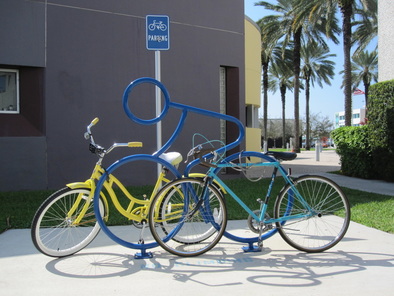 Biking—Maybe? Not! Doesn’t that look like a great bike lock-up? It’s beside MOCA; beside palm trees, under the sun. But here’s what it looks like curbside, a mere spin of the peddles away .... This is what bike-riding involves here—notice the sharrows symbol painted on the pavement in the traffic lane meant for sharing? Not so reassuring, let alone inviting, with that move accident vehicles from travel lanes signage right beside the sharrows symbol. And that bike you see on the sidewalk? The person riding it arrived there by sidewalk, not via the sharrow. Unlike Vancouver, there aren’t any bike paths running alongside traffic lanes anywhere that I've seen, and there are no designated bike routes nearby as alternates to busy thoroughfares either. Metro Miami, 6,000 square miles of land hugging the Atlantic coast with about 250 days of sunshine per year, an average temperature of 25ºC, and whose mean elevation is 6 ft above sea level—a bike-rider’s paradise, right? (Climate crisis/rising sea level issues, not glibly, set aside here.) A paradise for bike-riding someday perhaps, but the city and its car culture has a long way to go before being safe for riding in. So, hauling on raingear for Vancouver’s 168 days of rain per year isn’t looking quite as bad, with biking so central to the city’s commuting culture, and made so thanks to great bike routes and a growing consciousness among automobilists to share the road properly. Bussing it I love riding busses and taking in the scenery, especially in a new place where all is to discover; they’re also great for people-watching and a bit of a cultural soak, as well as, obviously, great for getting somewhere. Beautiful scenery, cool nods to important history, even the hopeful gesture of a bus bike-rack (being used!). So, a great place to ride the bus, right? But then there’s this …. 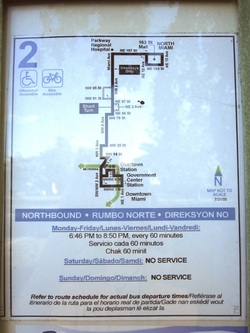 Service every 60 minutes Monday – Friday. NO service Saturday & Sunday. What, qué, sa?! This is a commuter route! This 15 km line (about the distance of YVR to downtown) runs north/south through many neighbourhoods on its way to downtown, intersecting with a dozen connecting routes running perpendicular. (Not the only line with really restricted hours.) This bus route is beside my aunt’s house and I use it when I’m visiting and have the leisure to plan things out around this strange schedule, but what if I lived here and needed to rely on this bus as part of my daily life? Walking 250 days of tropical sunshine, in a flat land. Walking just makes sense, and beckons. What’s there not to like? But then there’s this: no sidewalks ..... There are plenty of neighbourhoods without sidewalks, and there must be plenty with them too (not where I walked, but there must be.) What about people in wheelchairs, and with strollers? Driving, Driving, Driving Last year, I rode my cousin’s bike (only for little neighbourhood jaunts on side streets) and took the bus everywhere. This year the bike’s broken, and I have my aunt’s car. (I don’t own a car in Vancouver so driving is always novel for me.) With public transit servicing only around 8% of the population, here’s what getting around in a car looks like. You get my drift. 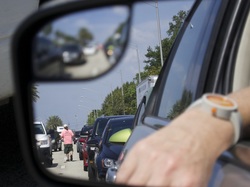 I see this a lot too—people walking between canyons of stopped cars, fund-raising for school, selling and advertising things. This man’s t-shirt says: accident, crash, slip or falls 1-800-need-help. I close my eyes, alone in an idling car. What does it mean? For me? The combination of no sidewalks, bad transit, and terrifying biking, forces people into cars—the antithesis of community. So, when out on foot navigating scrappy boulevards under heavenly canopies of sun and palm and birdsong, I’m the only one out walking. And because I’m the only one out on foot, when another walker once appeared, here’s what happened to me: a sense of wariness crept in. Instead of feeling any connection to this fellow pedestrian, instead of readying to nod and say hello, I froze, noticing how alone I was on a street that suddenly felt deserted and secluded—the antithesis of community. So, Vancouver, despite your average of 197 days of rain per year, you make getting around easy. Whether I want to walk, take transit or ride my bike, I can get to where I’m going, feeling invited and considered, and connected. Community-making requires not just the desire to be a part of something, it requires the supports that bring people together. The best place to start is where we live, right outside our front doors, in our neighbourhoods (neighborhoods), with the roads and transportation systems available and ready for us to jump on so we can all jump in. Miami—try it, you’ll like it. Till then, I think I’m staying where it’s easier to live the way I do—in motion in community, in Vancouver. I've started volunteering with the awesome Vancouver Public Space Network, writing blogs. Here's my first one .... (also on the VPSN website). NB: Not included in the VPSN blog piece is this: It's really hard for me to declare any kind of allegiance to Vancouver over Miami,
even in the face of the challenges I face getting around there on my own steam. So, while everything I say here about Miami is true, it's also true that Vancouver isn't for me. It's a good reminder to us all about the performative in the declarative. It's also a good reminder about the irrational nature of love. |
authorzoe welch Categories
All
November 2022
|
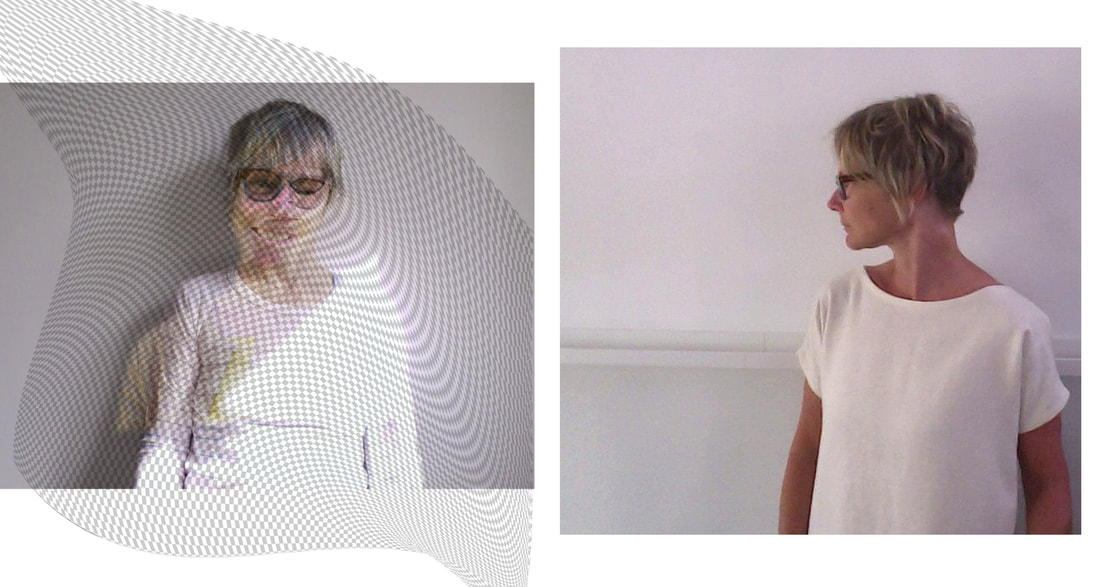
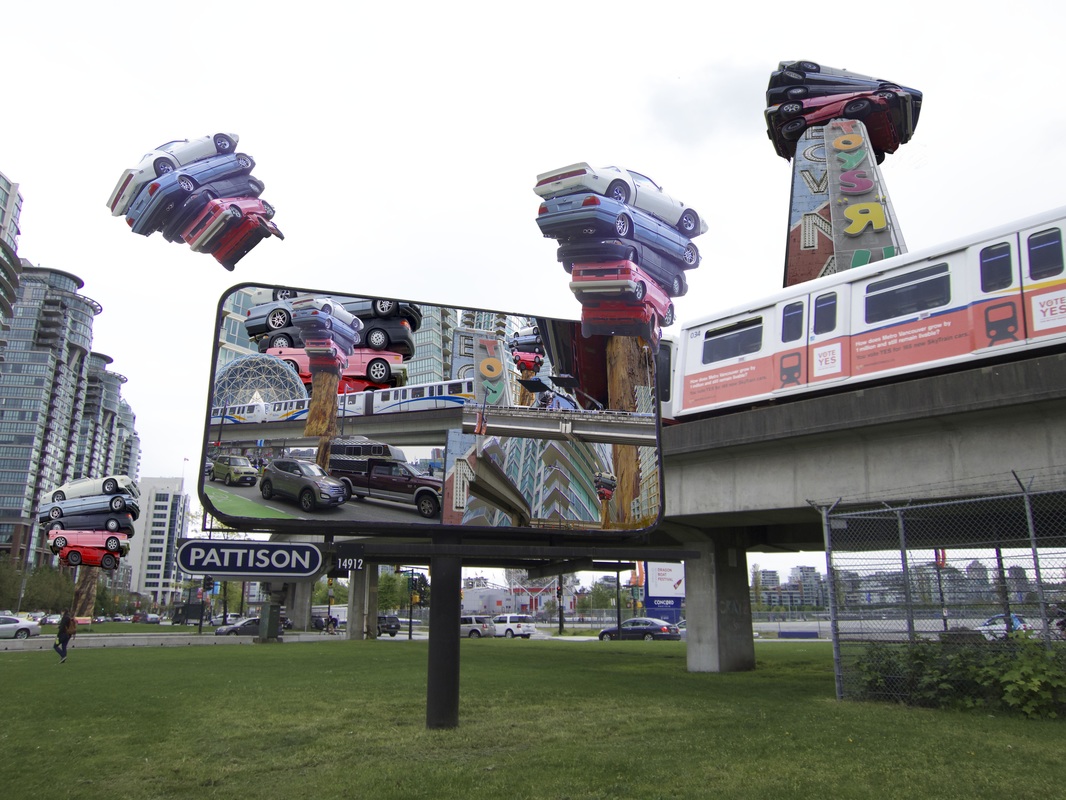
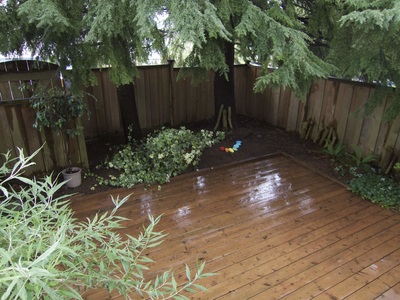
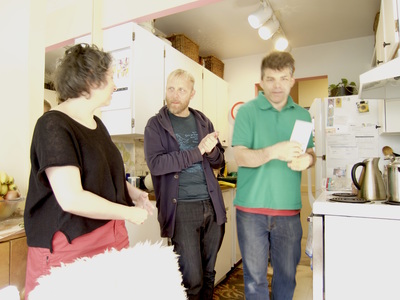
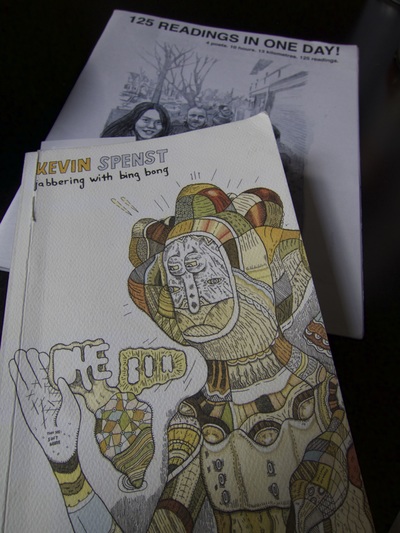
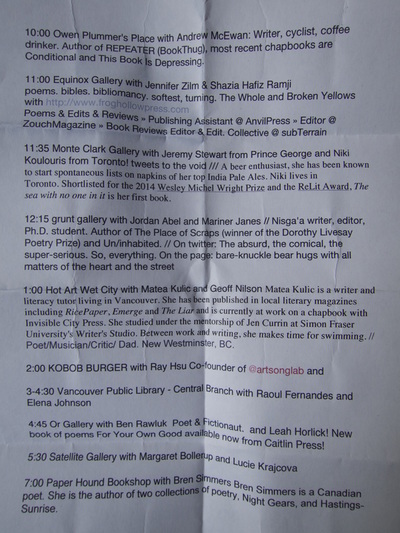
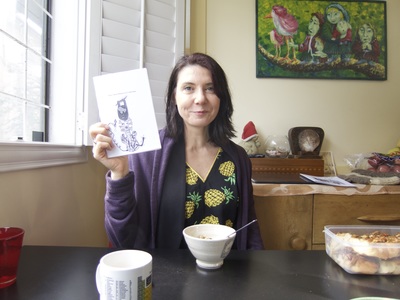
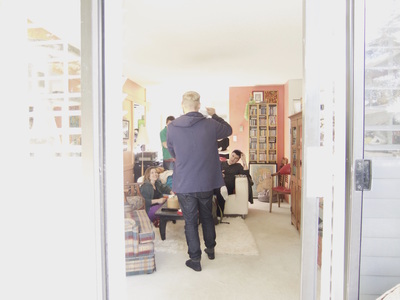

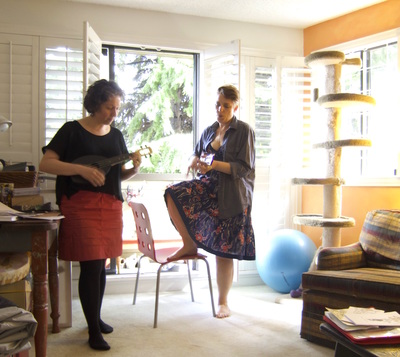
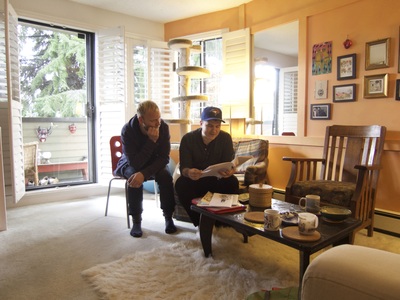
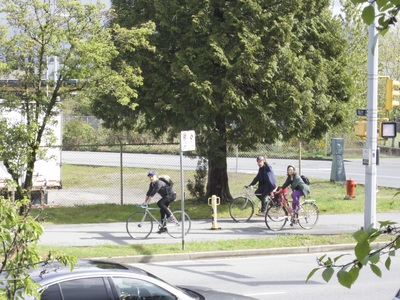
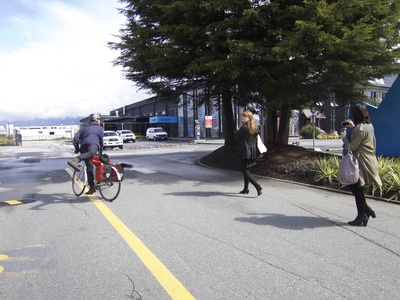
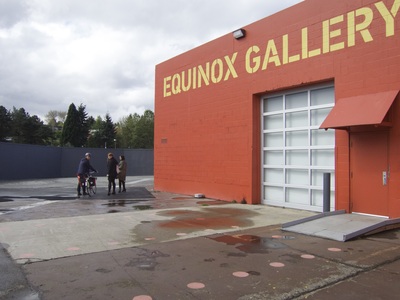
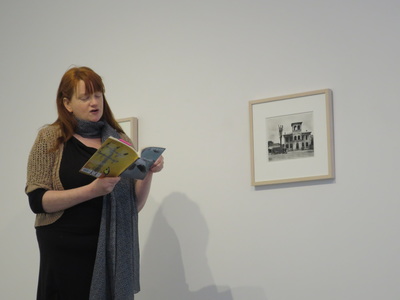
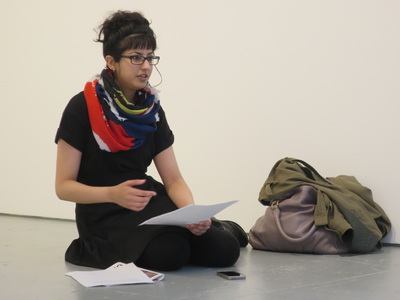
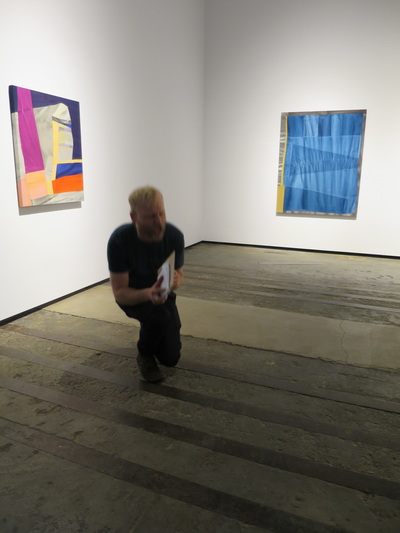
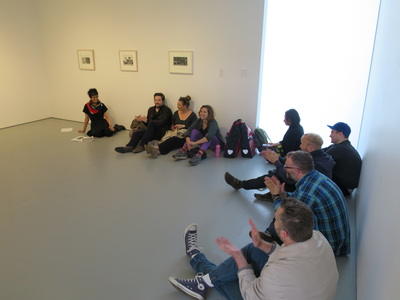
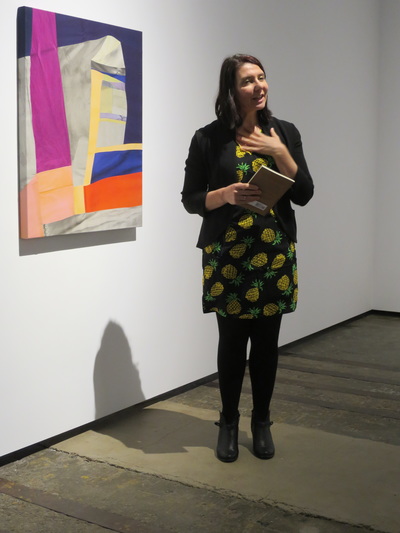
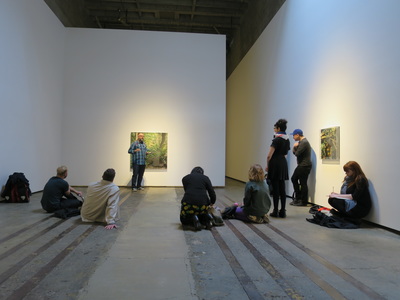
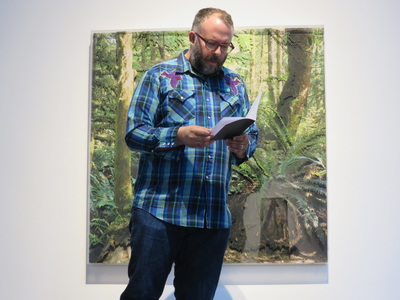
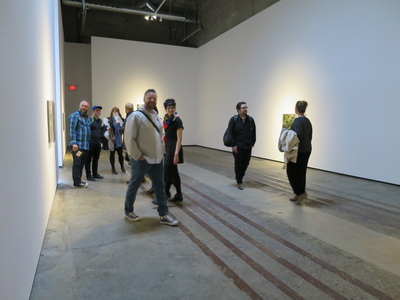
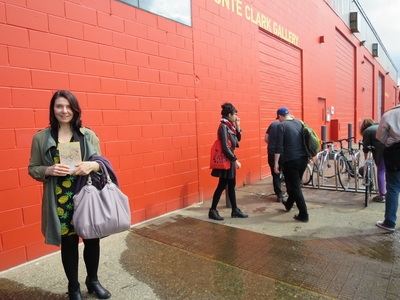
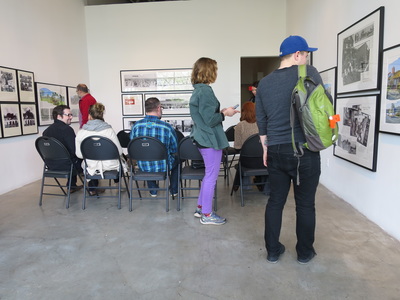
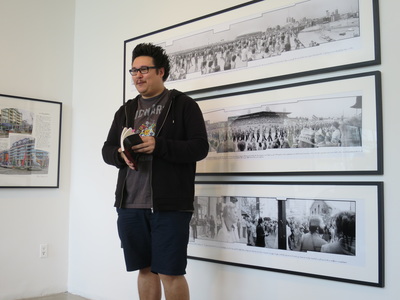
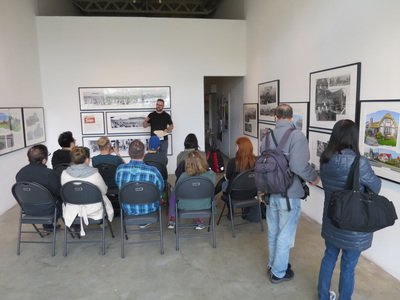
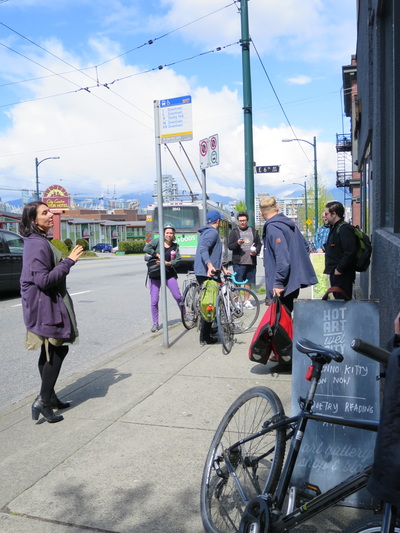
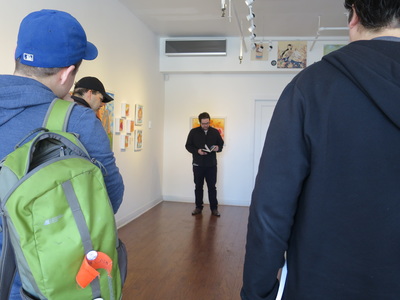
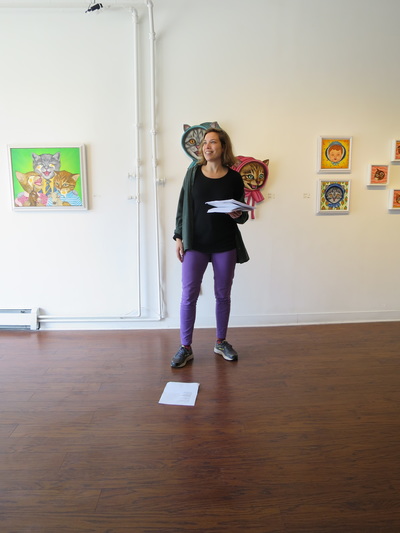
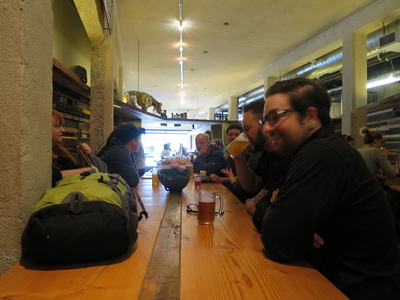
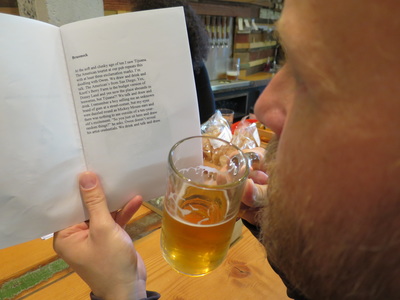
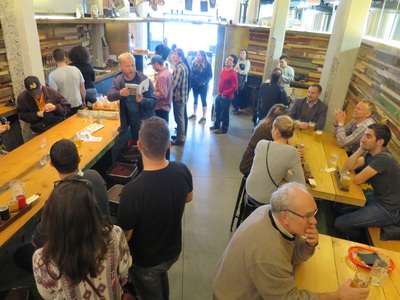
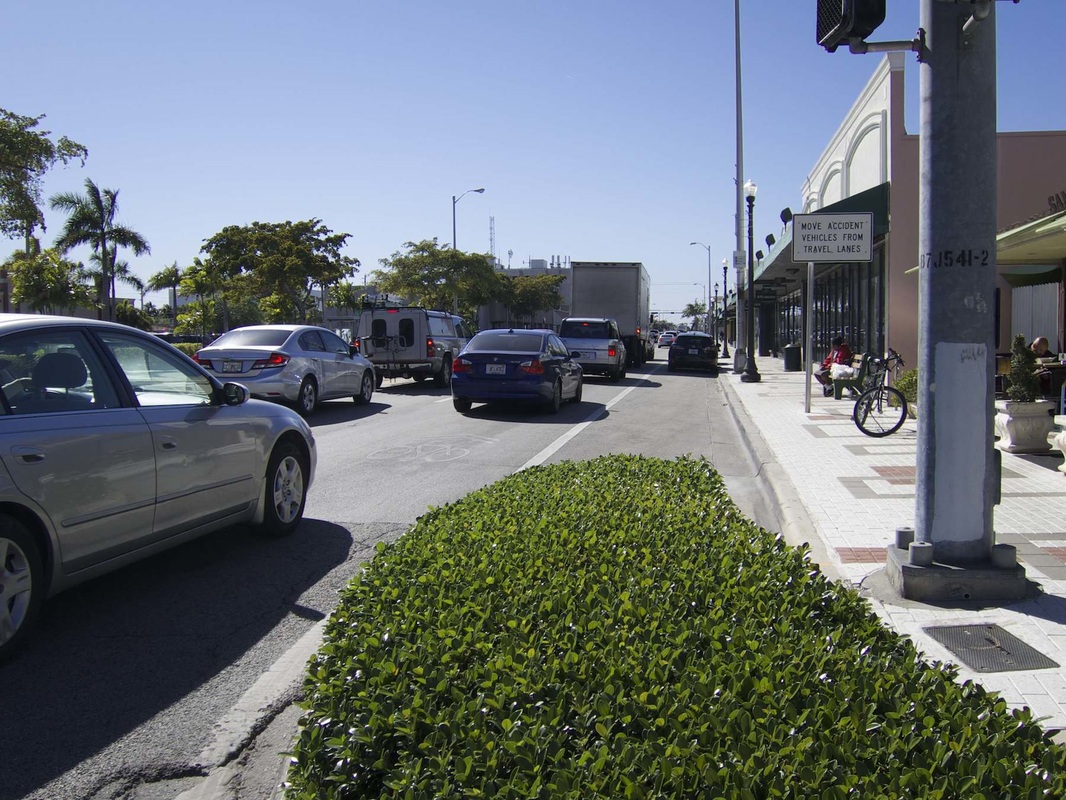
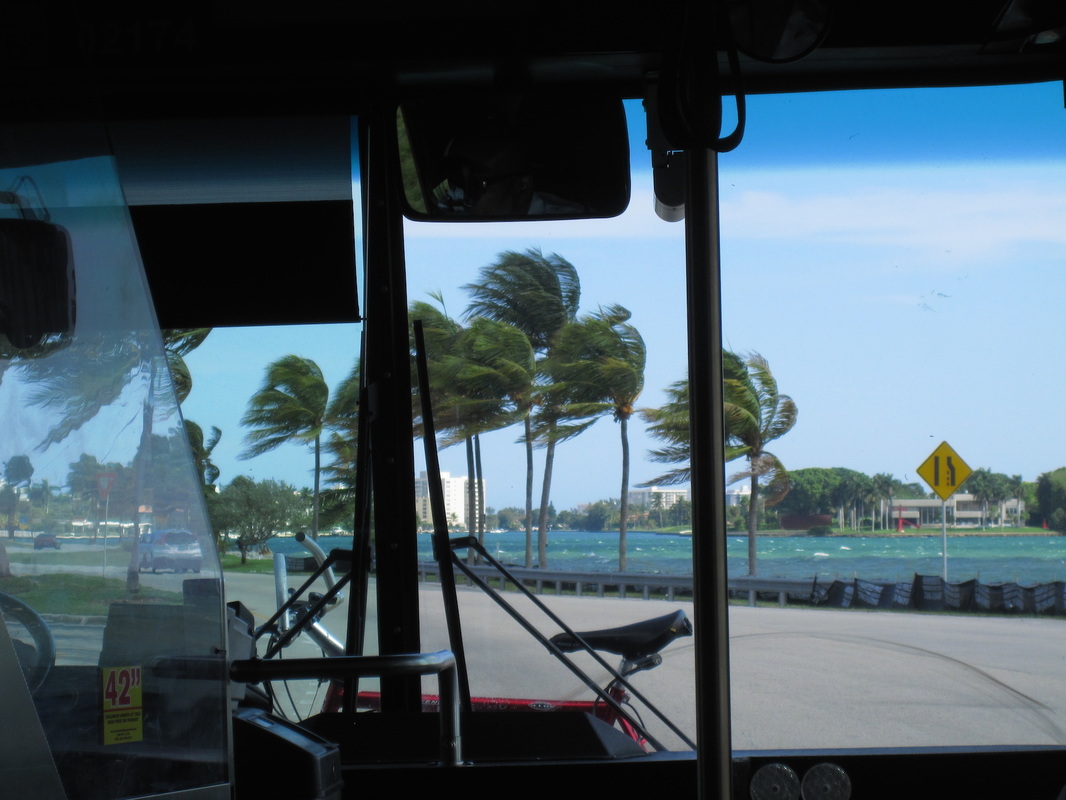
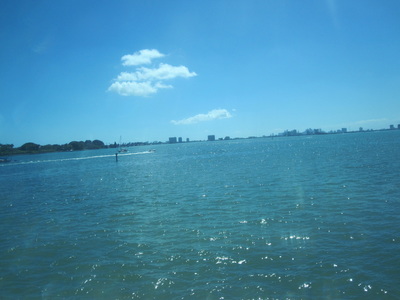
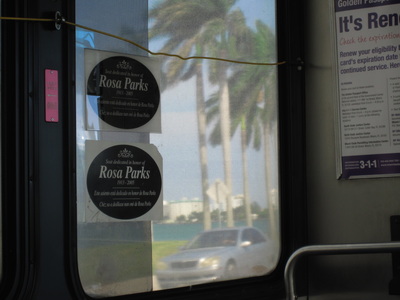
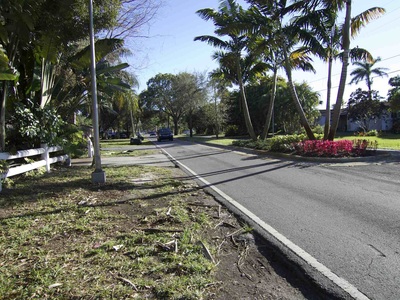
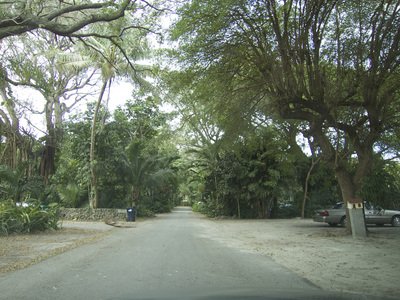
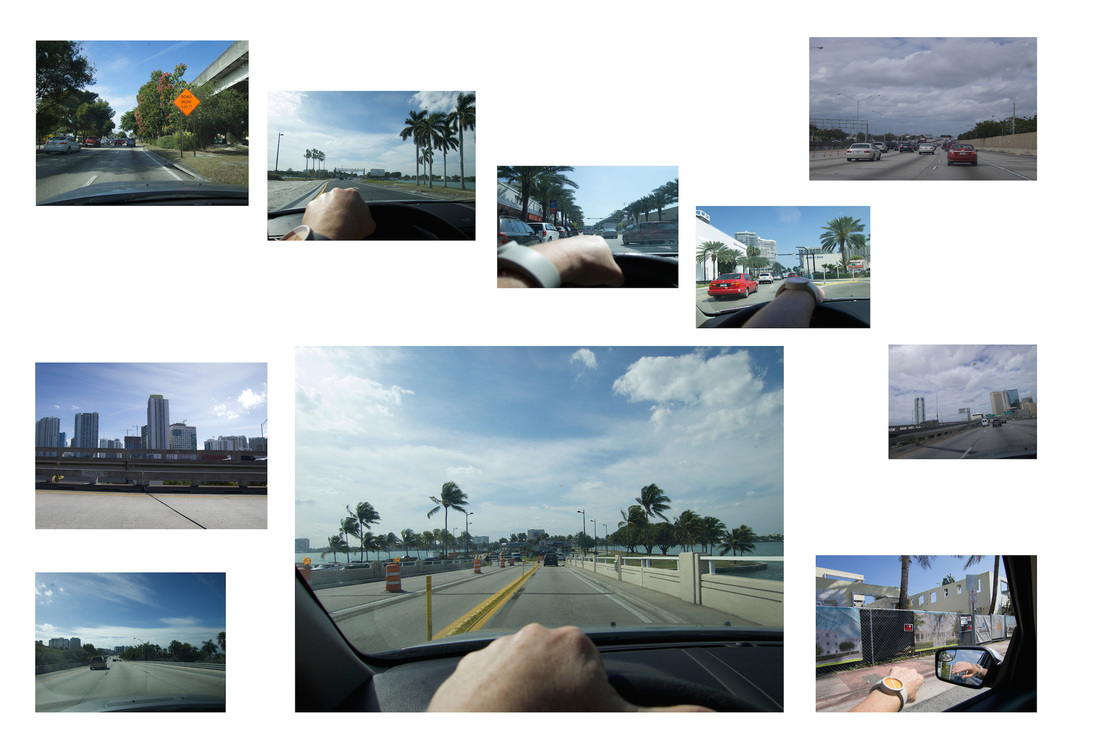
 RSS Feed
RSS Feed